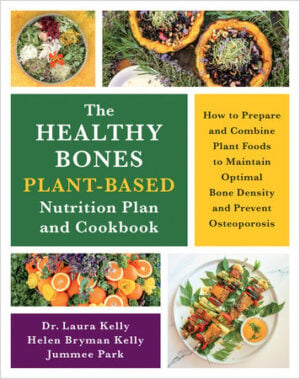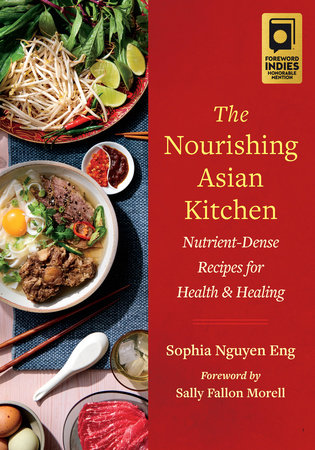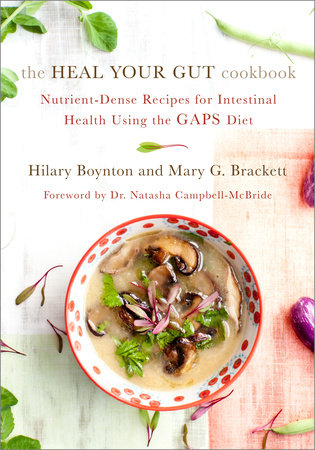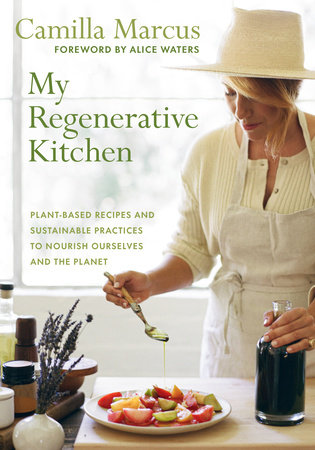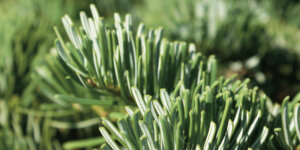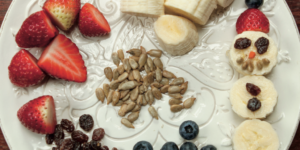Cooking as a Radical Act: Food As Medicine
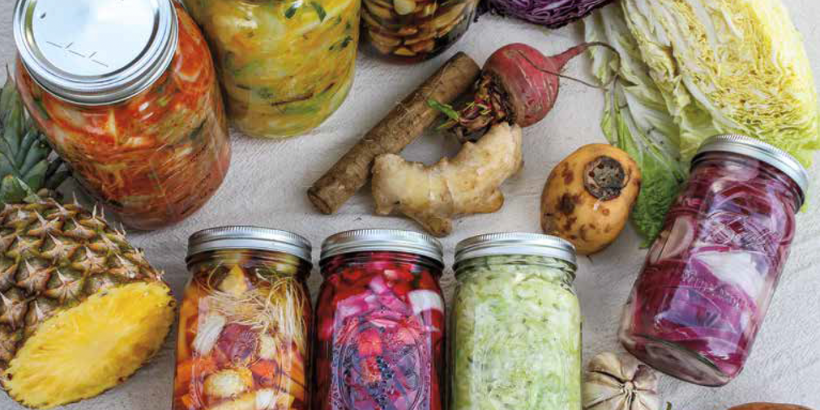
Eating nutritious, real food is the most important step toward a long and healthy life. And don’t forget that bone health is part of whole nutrition. Embrace your food as medicine and medicine for your bones.
And you don’t have to sacrifice flavor for bone health or plant-based diets! Read on for anyone giving plant foods a bigger share—or a full share—of their daily diet.
The following is an excerpt from The Healthy Bones Plant-Based Nutrition Plan and Cookbook by Laura Kelly, Helen Kelly and Jummee Park. It has been adapted for the web.
The natural world, in flow, contains everything your body needs to achieve long life in good health, starting at any age and at almost any health status. And food is the first, most important, and most effective tool of medicine.
But why bone health? Why health?
Certainly, we want to feel well, to live without pain. But there is more. When ill, we must focus internally. But when we are healthy, we are able to reach outward, to others, to the world, to embrace and to connect.
Our spirit is free to wander, and we can open ourselves to magic. Many things can be learned to achieve this sort of bliss through the connection with nature and food.
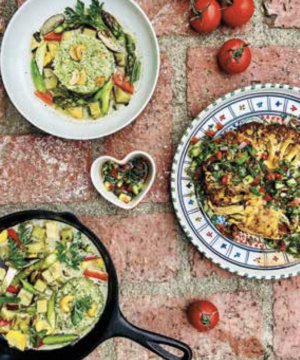
Once you learn the preparation methods
to counteract antinutrients, you will delight in combining fresh vegetables and other plant foods into salads, soups, and main dishes like these
First, start with the basics.
Eat a lot of different plants. Find sources of plant foods grown in soil and with water that are healthy and free of toxic chemicals. Eat plants that are in season, and prepare them so they are most nourishing and delicious. Use these plant foods, with guidance from your medical professionals, as part of managing chronic or intermittent health issues. Know your own health status and challenges, and eat for prevention.
There is a bounty of information that can inform your food and cooking choices, and we encourage you to explore and identify your preferences and body’s needs. Luckily our bodies are often aware of what we need, and if we are listening, we intuitively reach for the food that will meet the need.
Once you understand your constitution (from your own monitoring or from working with a professional nutritionist or physician), the season, and the nature of food, you can open up to another level of eating in harmony with your body, the foods, and nature itself. It is there that cooking becomes true alchemy.
So, as Laura advises all of her patients, listen to your body.
Second, appreciate the value of the food in your fridge or pantry, not only as sustenance but for the energy and effort that was required to grow it. Consider that the sprouts you are about to eat grew from nuts, beans, lentils, or seeds that were nourished, watered, protected, and harvested, probably by hand. Then they were dried and cleaned, packaged and shipped, stocked and sold, all by people you may never meet but who care about the plants that are going to help your body stay healthy.
Third, recognize that your feelings affect those around you and influence what you create. Infuse what you cook to nourish yourself and those you care for with what you wish to communicate. Your food can communicate love, generosity, and compassion. Should you doubt these subtle arts, please remember that we do not yet understand the physics underpinning our universe, and err on the side of love.
Cooking is a radical act.
In the face of Big Ag, Big Chem, and Big Pharma, the choice to engage with your food—to spend your money on clean, well-grown, real food, to create bonds with your cooking companions, to nourish yourself and loved ones properly so you remain healthy—becomes a revolutionary act.
Small Steps to Start With
Here are some suggestions for specific food combinations that overcome some of the problems antinutrients pose.
Spinach and tomatoes. Try fresh wilted spinach with olive oil, garlic, and sautéed tomatoes. To prepare the wilted spinach, triple wash and soak the spinach for twenty minutes—soaking will be a start toward defanging the very strong hold oxalate has on spinach’s impressive calcium store—then sauté in water or olive oil. Although tomato peels and seeds nourish the body with lycopene, they also contain lectins. If lectins affect your digestion, peel and seed the tomatoes before sautéing them. Sautéing reduces the solanine content. Also try our Silky Tofu–Spinach Dip (page 141) or Sweet Potato Boats with Creamy Spinach (page 238).
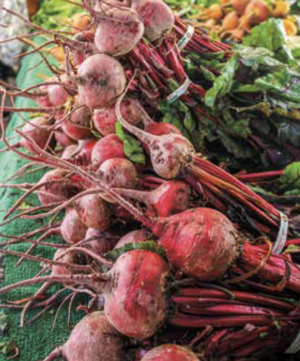
Beets are an important source of nitric oxide, yet a stronghold for oxalate antinutrients. Always add some citric acid to beets—perhaps a squeeze of fresh lemon—which will weaken the oxalates.
Beets. Combine beets, watercress, and pistachios with olive oil and lemon juice vinaigrette. The lemon juice reduces the hefty helping of oxalates in beets to a whimper. Watercress, along with kale, is a low-oxalate green. Pistachios are among the lowest phytate edible seeds (called nuts for convenience, they are neither legumes nor nuts but nutrient-dense seeds of the pistachio tree).
Sweet potatoes. Boil sweet potatoes to minimize both oxalates and acrylamide. Eat the potato skin and all.
Apples and pears. To reduce tannins, poach instead of roasting or baking these fruits.
Nuts. Almonds, walnuts, and Brazil nuts are among the most nutrient-rich nuts, but they are also highest among nuts in phytic acid. Choose sprouted almonds and, where possible, remove the skins. Or sprout your own, following the same method as for sprouting beans.
Soak walnuts and Brazil nuts in water with some salt for at least twelve hours, preferably not refrigerated. Drain them well. Then dehydrate the nuts in a food dehydrator if you have one. If not, spread the well-drained nuts in a single layer on a baking tray and dry them in the oven at 115°F (45°C) for 12 hours.
While soaking is the first step in sprouting any lentil or bean, the question of sprouting nuts is more nuanced. Almonds sprout readily and show a root. After soaking and dehydrating walnuts, pistachios, and Brazil nuts, you will not see a tail, but soaking and dehydrating still may weaken the antinutrients they contain. Hazelnuts need exposure to a long period of cold temperatures to stimulate germination, but they are low in phytates, so most people can eat hazelnuts without any pretreatment. Cashews are not true nuts; botanically speaking a cashew is a drupe, a seed within a fleshy fruit. Commercially available cashews are pretreated to remove the toxin urushiol, so they are no longer viable and will not sprout.
Bok choy with mushrooms. Try bok choy, cilantro/ coriander, onion, garlic, and a clutch of mushrooms. Bok choy is among the lowest-oxalate vegetables, and its enviable provision of an antioxidant called quercetin makes it among the best anti-inflammatory vegetables. Cilantro and coriander chelate heavy metals, mushrooms improve metabolic health, onions are prebiotic (your good gut bacteria will thank you), and garlic attends to your blood pressure. If you are pescatarian, add some shrimp. Season with dill for calcium; red pepper flakes are optional.
Chocolate. Nature is perpetually contrary, and nothing shows off this dual nature better than chocolate. Cacao beans are fermented, which helps to defuse tannins, and roasted in order to develop the cacao flavor used to make chocolate. The roasting process can cause high levels of acrylamide to form. Although dark chocolate offers legion health benefits, it contains more acrylamide than products that have a lower cocoa content. So, what about cacao nibs? Those sold as raw are typically fermented but unroasted, and there is strong evidence raw cacao nibs offer the antioxidant anti-inflammatory benefits that are linked to 70 percent or higher dark chocolate along with some suggestion that they help to reduce insulin resistance.8 We also note that most commercial chocolate is reported to contain some level of heavy metals.
Green tea. A component of green tea, catechins, seems to slow down the growth of osteoclast precursor cells in bone marrow, which helps to right the imbalance in favor of osteoblasts in cases of osteoporosis. However, green tea also contains tannins that can inhibit iron and zinc absorption. The solution is simple: Drink your tea half an hour before or after your meal.
Dried fruit. Let boron-rich prunes be your driedfruit go-to. For most people, prunes appear to be a bone-protective food, even though prunes develop a small amount of acrylamide during the drying process. Between two and six prunes a day appears to protect bone density. Avoid prune juice, though, because it is strikingly high in acrylamides. You might also enjoy an occasional small handful of dried mulberries.
Mulberries are a fine source of calcium, in addition to vitamin K and non-heme iron, but eating more than the occasional handful can actually inhibit mineral absorption.
Recommended Reads
Recent Articles
Indulge in the sweet aroma of these pastry-wrapped pears! Easy to make and stunning to serve, these pastry-wrapped pears are a game-changer.
Read MoreThe scent of fir trees is a holiday staple 🎄 Imagine sipping a festive cocktail infused with the unmistakable taste of fir ✨ This holiday season, elevate your entertaining game by introducing fir to your menu – from classy cocktails to rustic potatoes!
Read MoreDitch boring snacks and upgrade to adorable fruit & veggie treats you’ll love! Brighten up snack time this winter using fruits and veggies we all know and love. Can you resist taking a bite of these cuties?
Read More

